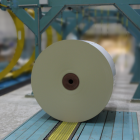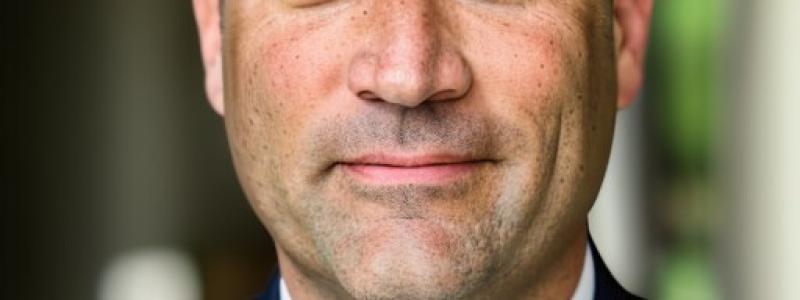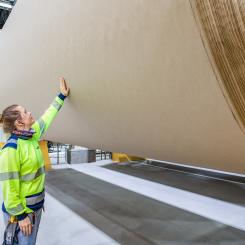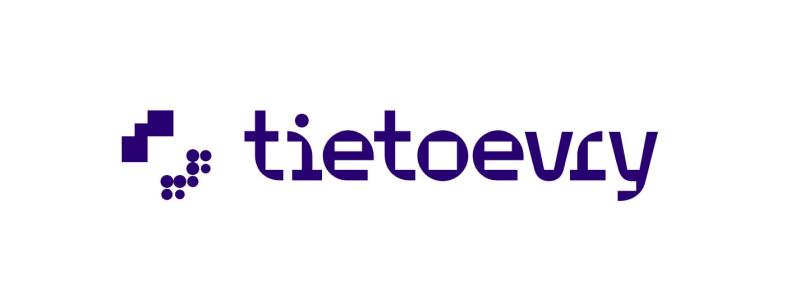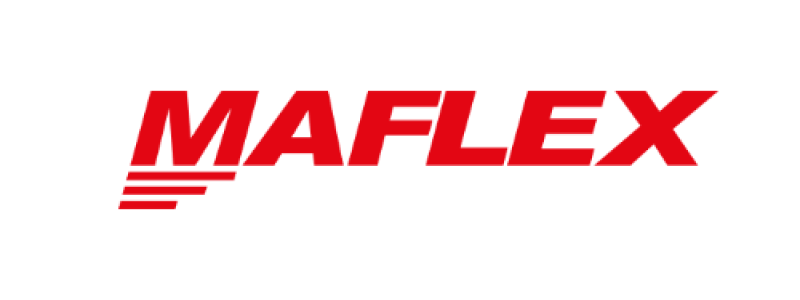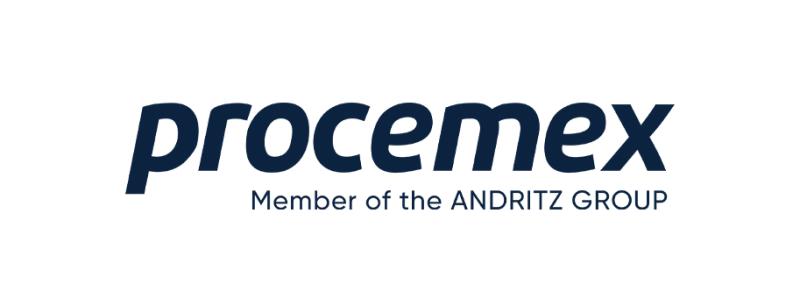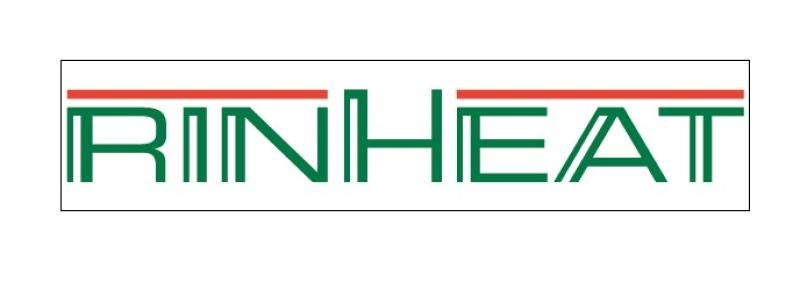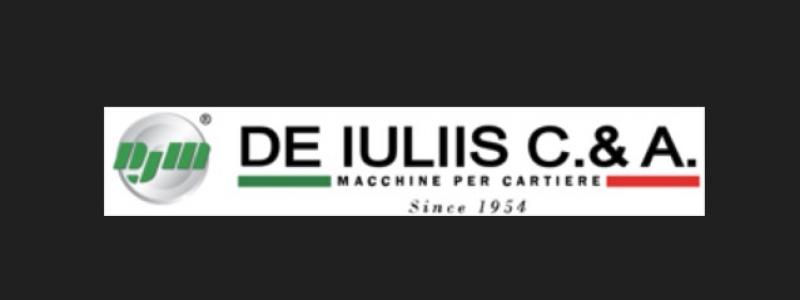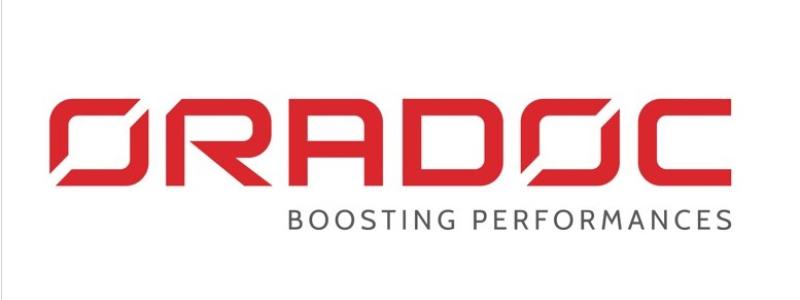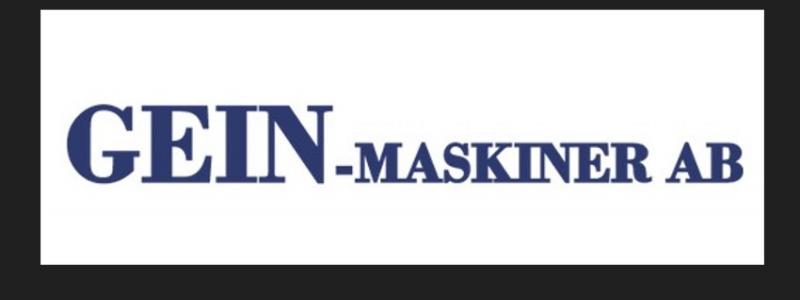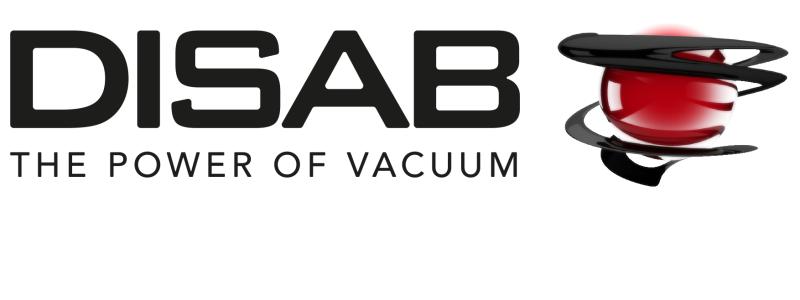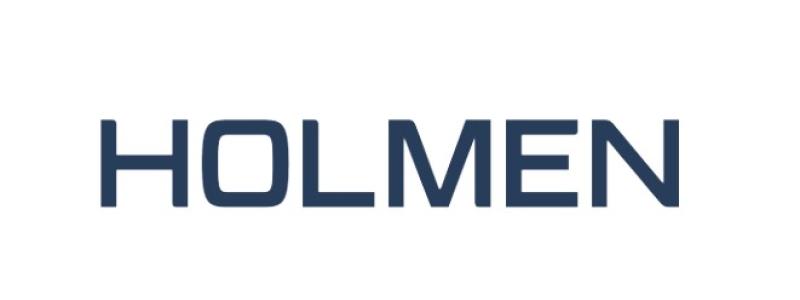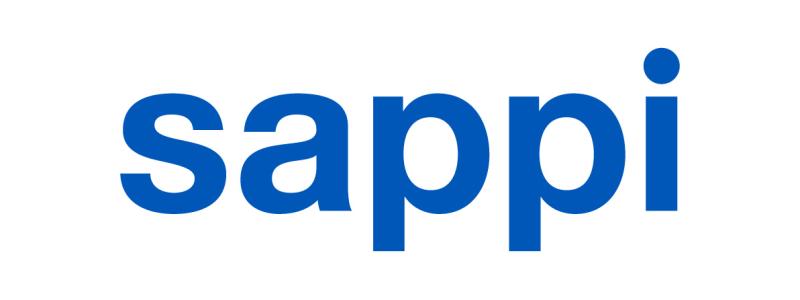Commenting on the group’s results, Sappi Chief Executive Officer Steve Binnie said: “Following the records achieved in FY2022, I am pleased that we have been able to deliver a satisfactory set of results under particularly difficult circumstances with an EBITDA excluding special items of US$731 million for the year ended September 2023. The widespread disruption caused by ongoing geopolitical instability, weak global economic growth, rising interest rates, and an underperforming Chinese economy negatively impacted markets for our products. Despite 2023 being one of the most challenging downcycles experienced in the pulp and paper industry, with demand for our paper products falling below that of the Covid-19 pandemic years, we achieved some significant milestones. The South African business delivered record EBITDA and North America the second highest ever EBITDA.
The group generated significant cash which enabled a further reduction of net debt at year end to US$1,085 million, the lowest level in 30 years. Amidst the persistently volatile and challenging macroeconomic environment, we demonstrated adaptability and persistence and remained committed to our Thrive25 strategy.” The unfavourable trading conditions faced in 2023 were further exacerbated by a prolonged period of downstream inventory destocking as buyers slowly worked through inventories that had been built up in the second half of 2022.
In response to these headwinds, we concentrated on preserving selling prices, efficiently managed our capacity and inventories to optimise working capital and implemented various cost-saving initiatives across our operations, all of which positively contributed to the earnings performance.
Graphic paper demand declined sharply and remained weak throughout the year due to weak consumer confidence related to the slowing economy and an inventory destocking cycle that took longer than anticipated. Sales volumes declined 38% year-on-year and production curtailments were required to manage these weak demand dynamics. Selling prices were 14% higher than the prior year and remained resilient. In response to the market overcapacity and in line with Sappi’s strategy to reduce exposure to graphic paper markets, we made the difficult decision to close the Stockstadt Mill and initiated a consultation process for the potential closure of the Lanaken Mill shortly after year end.
The packaging and speciality papers segment faced similar weak trading conditions related to high levels of downstream inventory and muted consumer demand. Positive year-on-year pricing gains of 7% were insufficient to offset input cost inflation and a 22% reduction in sales volumes leading to a decline in the segment's profitability. The same market dynamics of elevated stock levels and negative consumer sentiments dampened demand and pricing for textile fibres in the early part of the year.
However, viscose staple fibre (VSF) operating rates in China improved steadily as economic activity resumed from the third quarter onwards. Operating rates in the VSF industry remained at a high level through the remainder of the year and downstream VSF inventories dropped below historical levels, which supported demand for dissolving pulp (DP). Sustainability serves as the cornerstone of our Thrive25 strategy, as we strive to be a trusted, transparent and innovative partner in building a biobased circular economy. Regrettably, production curtailments significantly impeded our operational efficiency, causing us to fall short of our Planet-related targets for the year. We are pleased to have made significant strides in achieving our People-related targets and attained our best ever safety performance. We remain steadfast in our commitment to either meet or surpass all of our Thrive25 sustainability goals".
Looking forward, Binnie stated: “The stronger balance sheet with a significantly reduced debt profile and healthy cash reserves provides us with flexibility to navigate the headwinds of cyclical downturns and positions the business well to deliver on our Thrive25 strategy to reduce exposure to graphic paper markets while investing for growth in our target markets. Persistent global macroeconomic challenges and generally subdued consumer sentiment continue to impact the demand for many of our products. Notwithstanding the gradual recovery in pulp and paper markets and taking into consideration the impact of the scheduled maintenance shuts, we anticipate that the EBITDA for the first quarter of FY2024 will be below that of the fourth quarter in FY2023.”


